Drowsy driving: Drop your droopy lifestyles
Rising stress levels, lack of sleep, and unhealthy lifestyle as causes for drowsy driving in America
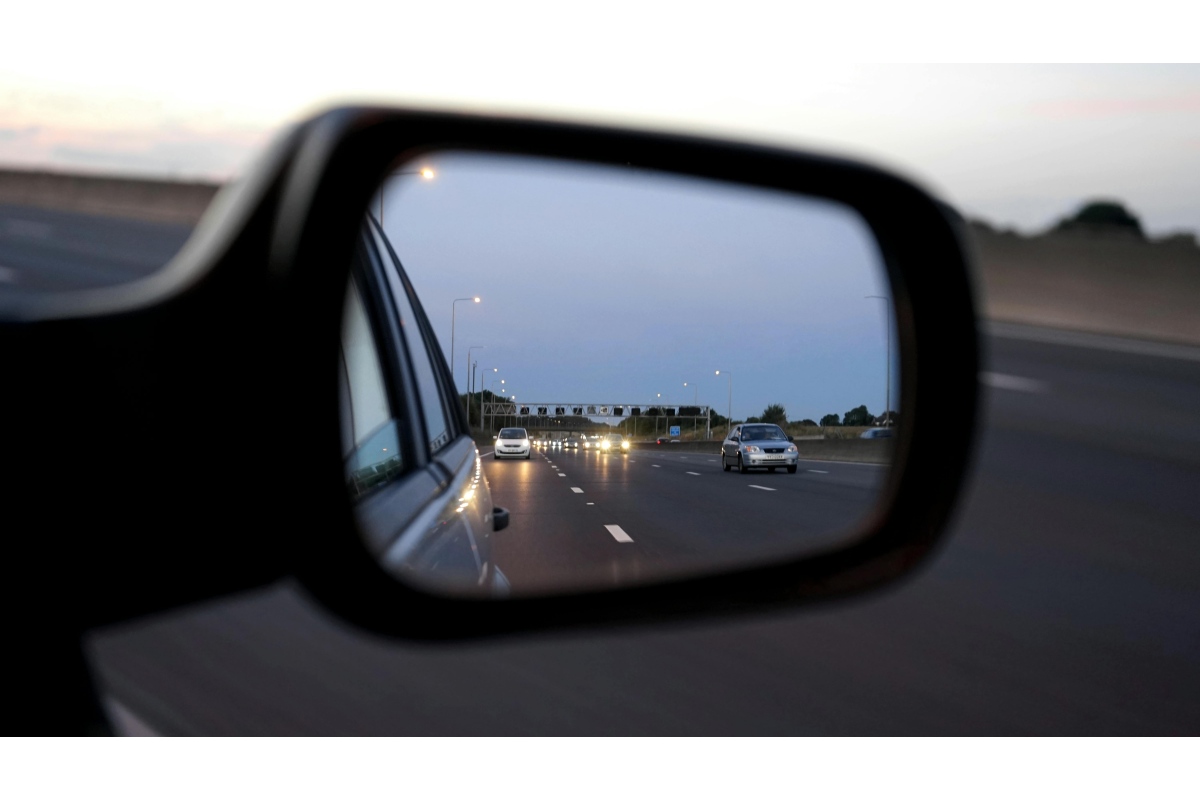 Stock image. / Pexels
Stock image. / Pexels
Drowsy driving among college students and young drivers in America is a public health challenge that critically impacts road safety drives with the rising number of accidents involving the youth and new drivers, according to a new study published by the Department of Social & Behavioral Health, School of Public Health, University of Nevada, Las Vegas (UNLV).
The study conducted on nearly 725 students in the age group of 25-30 years from a large southwestern university found that nearly half of the participants (49.38%) reported drowsy driving, says Dr. Manoj Sharma, Professor and Chair of the School of Behavioral Sciences, UNLV.
Besides Sharma, other lead researchers – Md Sohail Akhter, Sidath Kapukotuwa, Chia-Liang Dai, Asma Awan, and Omolola Odejimi contributed to the study that directly points to rising stress levels, lack of sleep, and unhealthy lifestyle as causes for drowsy driving in America. The study findings reveal “latent health and personal risks” that go unnoticed in the analysis of drowsy driving on roads.
Elaborating on drowsy driving symptoms and the direct effect on driving behavior on the roads, Dr. Sharma tells New India Abroad: “Drowsy driving is reflected in tiredness with repetitive yawning or blinking, impaired recollection of recent miles driven, forgetting the right directions or failure to take appropriate exits, and worse, colliding with a rumble strip. It usually occurs when the driver is sleep-deprived or too stressed out of erratic night shift jobs.’’
Research studies also point out that prescription and over-the-counter drugs can induce drowsiness, and alcohol can exacerbate the effects of sleepiness, leading to increased impairment and drowsiness. “The same poses a critical public health and safety issue on roadways in both the United States and globally,’’ says Dr. Sharma while endorsing findings of similar studies.
Equally worrying is that drowsy driving is alarmingly common in the young population and new drivers, and the student population is often reported to have fallen asleep while driving, much of which is blamed on the tiredness the students experience in academic rigor. Stress and academic deadline pressures contribute to irregular sleep patterns, and that increases drowsy driving symptoms. Though faced with the lack of sleep, at times various professional, academic, and social demands, force students to drive even when they are drowsy or fatigued.
Dr. Sharma adds, “Drowsy driving among college and university students has significant consequences, including rising accidents, and that negatively affects academic performance. Sleep disorders are linked to health issues like obesity, diabetes, cardiovascular disease, and weakened immune function. It also compromises mental health, being associated with mood disorders such as depression and anxiety, and it incurs financial burdens from accidents and emotional tolls on families and communities.’’
These findings underscore the importance of enhancing students’ awareness and confidence in managing drowsiness to mitigate drowsy driving, ultimately improving road safety and student well-being, says Dr Sharma.
“Drivers should avoid drinking alcohol before driving, obtain enough sleep (7–8 hours for adults), and seek treatment for sleep disorders to minimize drowsy driving. The effects of alcohol, even in tiny doses, can worsen sleepiness-related driving impairment", the research quoted other global studies as saying.
The study recommends public road safety campaigns being organized on campuses and is specially targeted for young drivers through media campaigns.
ADVERTISEMENT
ADVERTISEMENT
E Paper
Video



1759953093.png) Staff Reporter
Staff Reporter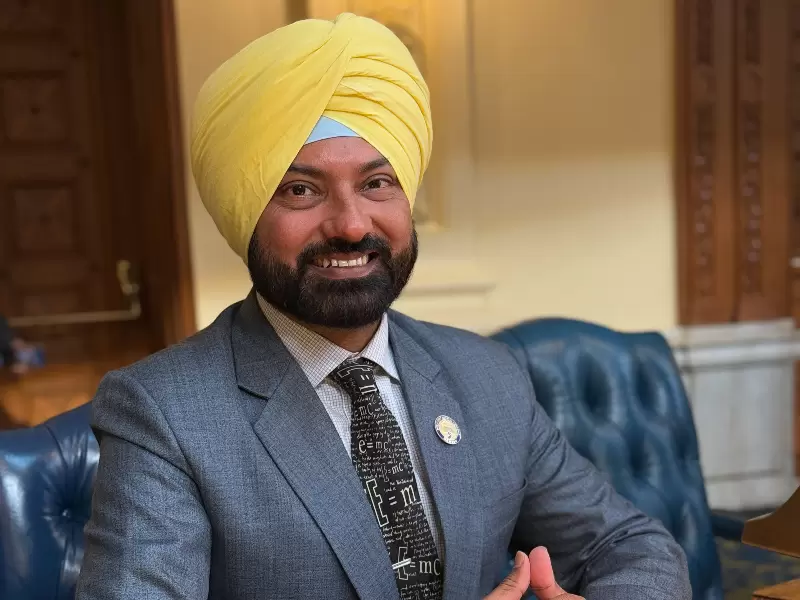


.png)

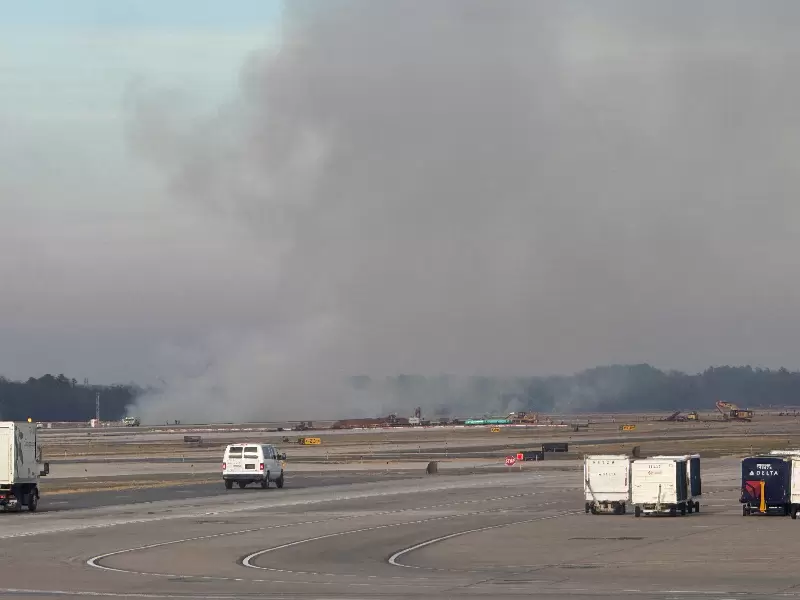
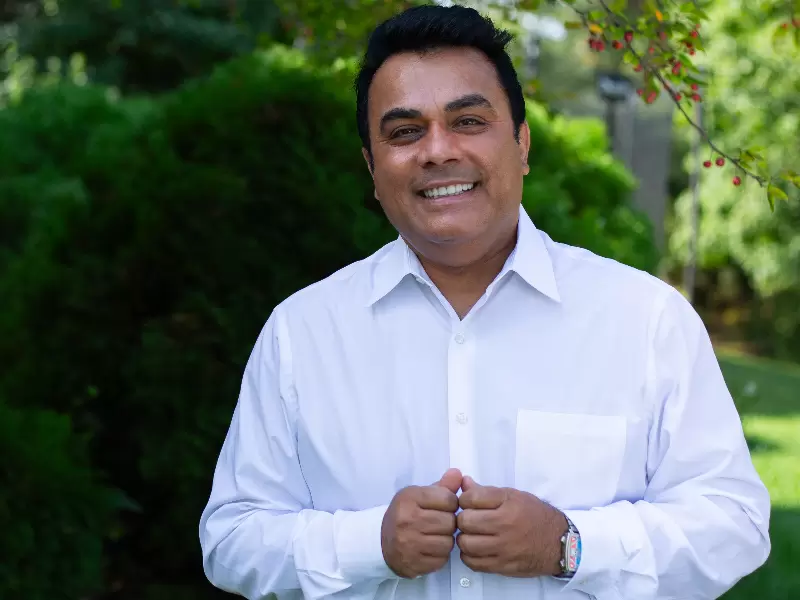


.jpg)
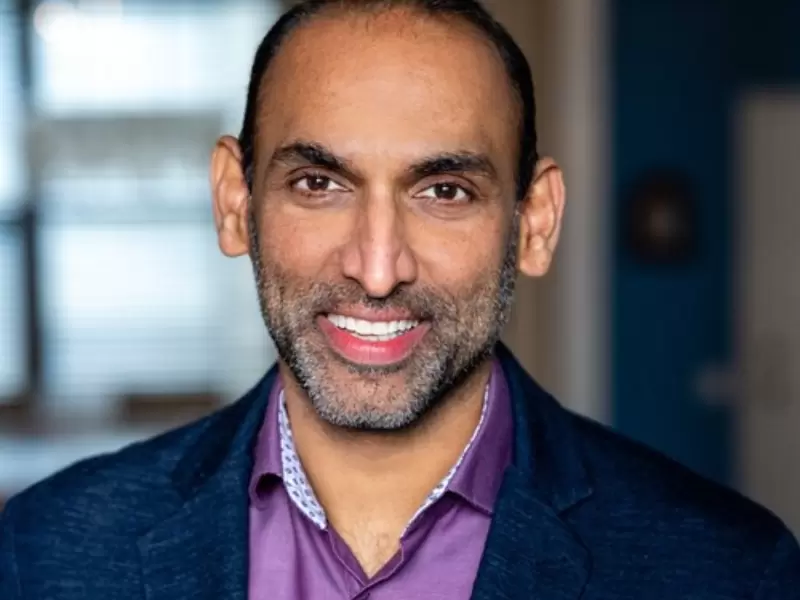
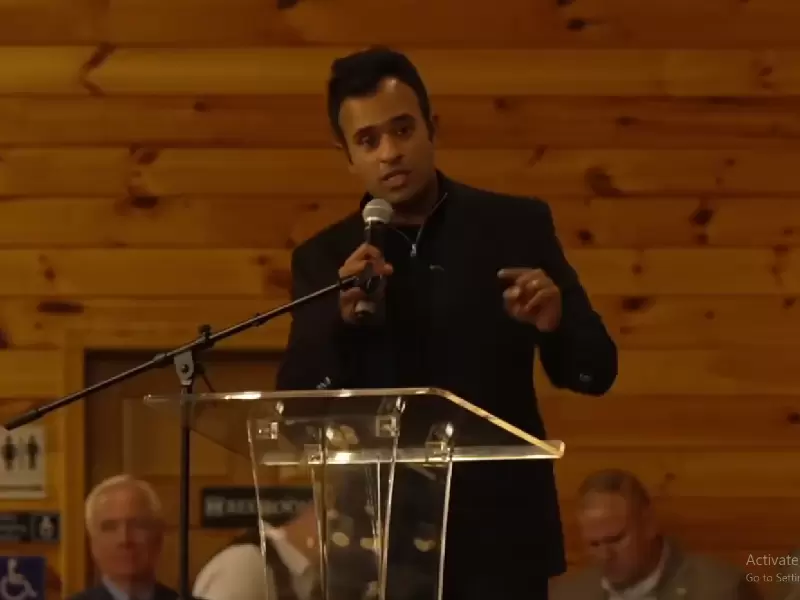

Comments
Start the conversation
Become a member of New India Abroad to start commenting.
Sign Up Now
Already have an account? Login